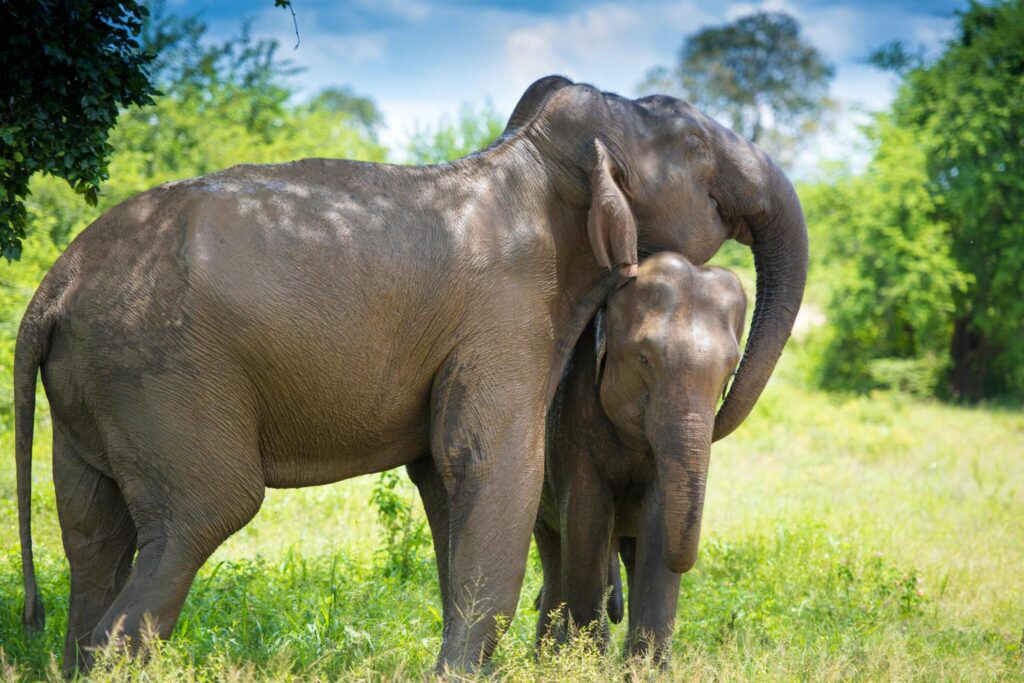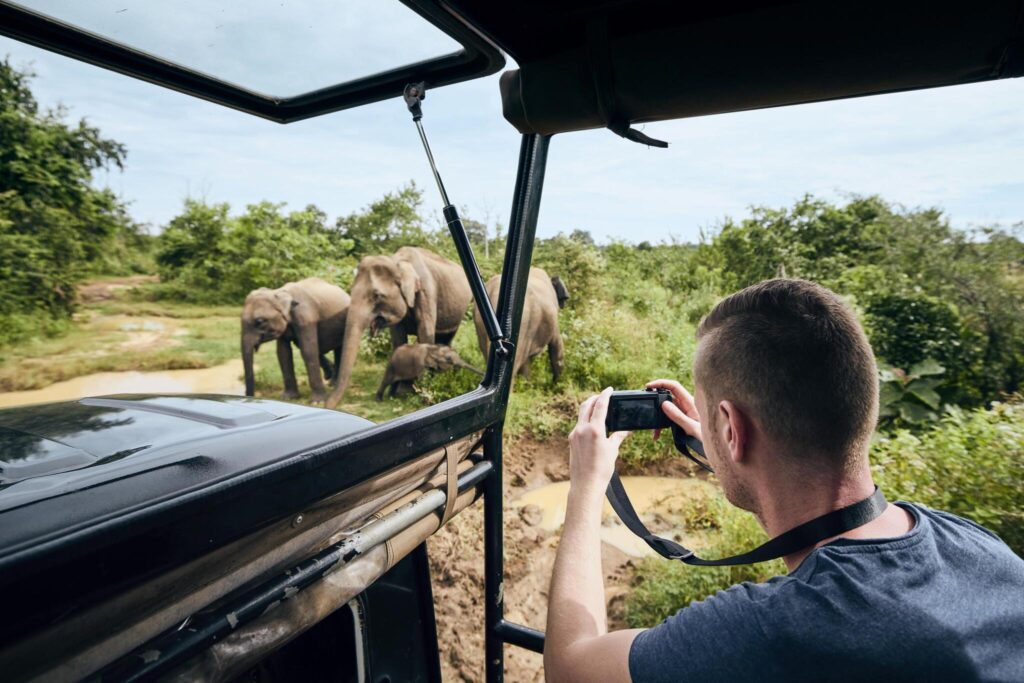Udawalawe National Park, located in Southern Sri Lanka is one of Sri Lanka’s premier wildlife destinations, known for its large population of wild elephants and diverse ecosystems and its the is the third most visited Park in Sri Lanka. Covering approximately 30,821 hectares, the park was established to provide a sanctuary for animals displaced by the construction of the Udawalawe Reservoir.


Best Time to Visit Udawalawe National Park Sri Lanka
The best time to visit Udawalawe National Park is during the dry season, when elephants gather in large numbers at waterholes, offering spectacular viewing opportunities. Morning and evenings are the best time to visit the park and late evenings give the best lighting for photography with amazing sun sets. While elephants can be spotted year-round, migrant birds are best seen between November and March, making these months ideal for birdwatching enthusiasts. Opened in 1972, as Sri Lanka’s fifth national park, It is open all year round for safaris even in the dry season in September and October. The nearby Elephant Transit Home is another attraction with good ethical credentials.
Elephants at Udawalawe National Park Sri Lanka
The park is most famous for its thriving population of Sri Lankan elephants, a unique subspecies of the Asian elephant. These large herds of elephants, often seen roaming freely and offering spectacular close-up encounters. Even on brief safaris, visitors can marvel at herds gathering around waterholes to drink and bathe. With an estimated 600 to 700 elephants living within the park, witnessing these majestic creatures, from playful calves to towering adults, in their natural environment is a truly unforgettable experience.
Mammals at Udawalawe National Park Sri Lanka
Udawalawe National Park boasts a rich variety of Sri Lankan wildlife, including elusive predators like the rusty-spotted cat, fishing cat, and the rare Sri Lankan leopard. Herbivores such as the Sri Lankan sambar deer, axis deer, Indian muntjac, and spotted chevrotain roam the park alongside wild boar and water buffalo. The park is also home to golden jackals, Toque macaques, tufted grey langurs, and Indian hares, while keen observers may spot the golden palm civet, mongoose species, and a variety of small mammals like bush rats and mice, making every safari a diverse and exciting experience.
Birds at Udawalawe National Park Sri Lanka
Udawalawe National Park is a Birdwatcher’s paradise, with 183 recorded bird species and many migratory visitors passing through. The park’s diverse birdlife includes warblers, forest-dwelling birds, and a variety of raptors. Water birds are often seen near the reservoir, with rare sightings of the Indian cormorant and osprey. Noteworthy endemic species include the Sri Lanka spurfowl, Sri Lanka junglefowl, Malabar pied hornbill, and brown-capped babbler, making it an ideal destination for an unforgettable birding experience. Udawalawe can be one of the best places to see the dry zone avifauna of Sri Lanka.
Reptiles & Fish Udawalawe National Park Sri Lanka
Reptiles and Fish at Udawalawe National Park: Udawalawe is home to a variety of reptiles and fish species, including monitor lizards, water snakes, and several species of freshwater fish that thrive in the park’s waterways and wetlands.
Endemic Flora in Udawalawe National Park Sri Lanka
The park’s flora is diverse, with savannah grasslands and thorn-scrub dominating the landscape, a result of deforestation caused by traditional slash-and-burn farming. The riverine forests are home to Kumbuk trees and the endemic Mandorang tree, while scattered trees like Satin, Ehala, and Lunumidella make up 20-50% of the remaining forest cover.
Safari at Udawalawa National Park Sri Lanka
Guided 4×4 jeep tours allow visitors to explore the park’s open plains and lush greenery while learning about its rich biodiversity from experienced naturalists. The park’s location near several major cities makes it easily accessible, adding to its appeal as a must-visit destination for nature lovers and photographers.
Safari drives in Udawalawe are best enjoyed in the cool morning or late afternoon, as animals are most active outside the heat of midday. Visitors are often treated to elephants roaming in family groups, sometimes with a protective mother and her playful calf or a lone bull wandering near the waterholes. Buffaloes are commonly seen half-submerged in water, while sambar and axis deer move swiftly through the park’s open plains, offering plenty of exciting wildlife encounters.
| Duration | : 12 Hours |
| Tour Type | : Private Udawalawe Jeep Safari |
| Best For | : Wildlife Photography, Nature Enthusiasts, Families |
| Cost | : From $ 135 |
Turn this Yala Safari into a Tailor-made Tour for a unique experience : Discover the beauty of this tropical paradise with a holiday designed exclusively for you At Lanka Adventure Explorers, we understand that every traveler has unique preferences, so we offer personalized itineraries to suit your interests. Pick the experiences that excite you most from our Sri Lanka highlights, and let us design a customized itinerary to match your unique travel style. Reach out today to start planning your perfect getaway: Whatsapp +94 763478720 or +44 7379346923